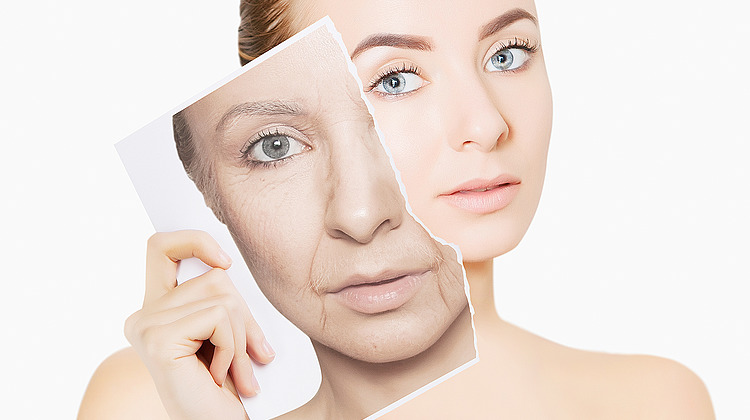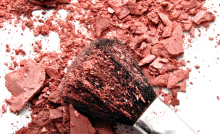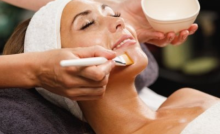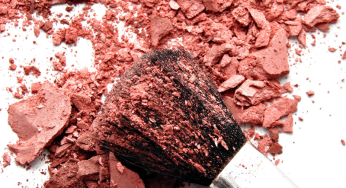The sun has always been a symbol of life.
However, we increasingly are becoming aware of the fact that the amount of sun rays we are exposed to is one of the biggest environmental impacts on us, with both positive and negative effects on our health. Sun exposure should be a natural gift to us.
The downside, however, is that too much sun exposure can severely damage our skin1. It can lead to photo-ageing and can also cause malignant melanoma (skin cancer). As it is really difficult to know when skin cells are damaged – that is, their DNA is damaged – the use of sunscreens alone may not provide adequate protection against harmful UVA and UVB rays.







